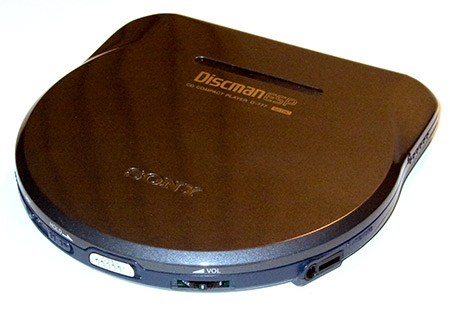I’ve been censored again, ironically, by a pornographer. He has censored me before, so this time I saved my remarks, and I’ll post them here for your evaluation. But first let’s examine the censor.
Peter Payne first came to my attention in the early 1990s. Payne moved to Japan and started an online business exporting Japanese pornography. He sent pornographic spam hawking his wares to email addresses (such as mine) he harvested from Japanese-related Usenet newsgroups. I immediately complained to his ISP that I had no interest in receiving his pornographic spam. Payne responded by claiming I had signed up to receive the spam, when I would never do any such thing. But that was back in the days when spam was taken seriously by ISPs, so the spam stopped, despite Payne’s protestations of innocence. I would have been glad to never hear of him again.
But since his early days as a porn peddler, he branched out into selling anime and manga, becoming quite a self-declared authority on the subject. Payne now drones on about anime subjects on the Japundit blog. And here is where we tangled again.
Peter Payne wrote an absolutely absurd article about how Japanese people can’t deal with their memories from World War II except through the metaphor of anime and manga. When I paraphrase his argument this way, I convey it far more clearly and concisely than he did in the original article. Let me quote the paragraph that set me off:
If you asked Japanese who they considered the most respected “military heroes” of the country were, you might find some who would answer Amuro Rei or Bright Noah or Captain Okita/Captain Avatar, the legendary characters from these war-oriented anime series.
I responded:
When I ask my Japanese friends who are the greatest Japanese war heroes, they tell me stories of Oda Nobunaga, Toyoyomi Hideyoshi, Takeda Shingen etc. Not a single one of them has ever cited imaginary warriors from anime.
I suppose it depends on who you hang out with. I suppose it’s only natural that if you peddle porn and manga, you have lowbrow friends. But don’t let that warp your perceptions of Japanese society as a whole.
This is my problem with anime otaku. They spend so much time watching and discussing absolutely mind-rotting drivel, attempting to make it into something far beyond what it is: lowbrow entertainment. And then they make sweeping generalizations about Japanese society based on their “insight” into the culture, as they gleaned it from cartoons. I think this is terribly offensive, I argue that it is a thinly disguised form of racism. They are stereotyping a whole culture, based on ridiculous ideas they learned from comics or other comics fans.
So it is at times like this I enjoy pointing out that Peter Payne is a pornographer. A person who knows all the latest Japanese porn actresses but knows nothing about legendary samurai warriors (known by every Japanese schoolchild) could not help but form a warped opinion of Japanese culture. And of course he is particularly touchy about his profession, censoring any reference to it on the blog where he tries to “redeem” himself by pretending to be an astute cultural commentator.
Others agreed with my remarks, now the first comment in the censored thread starts, “I agree,” but she is agreeing with ME and not Peter Payne. This is not obvious since Payne deleted my remark. This is a devious way to manipulate your blog’s commenters, to make it look like they agree with the article, rather than agreeing with my dissent. This is shameful. But Peter Payne has no shame. That’s why he has a nickname: Peter Porn.








